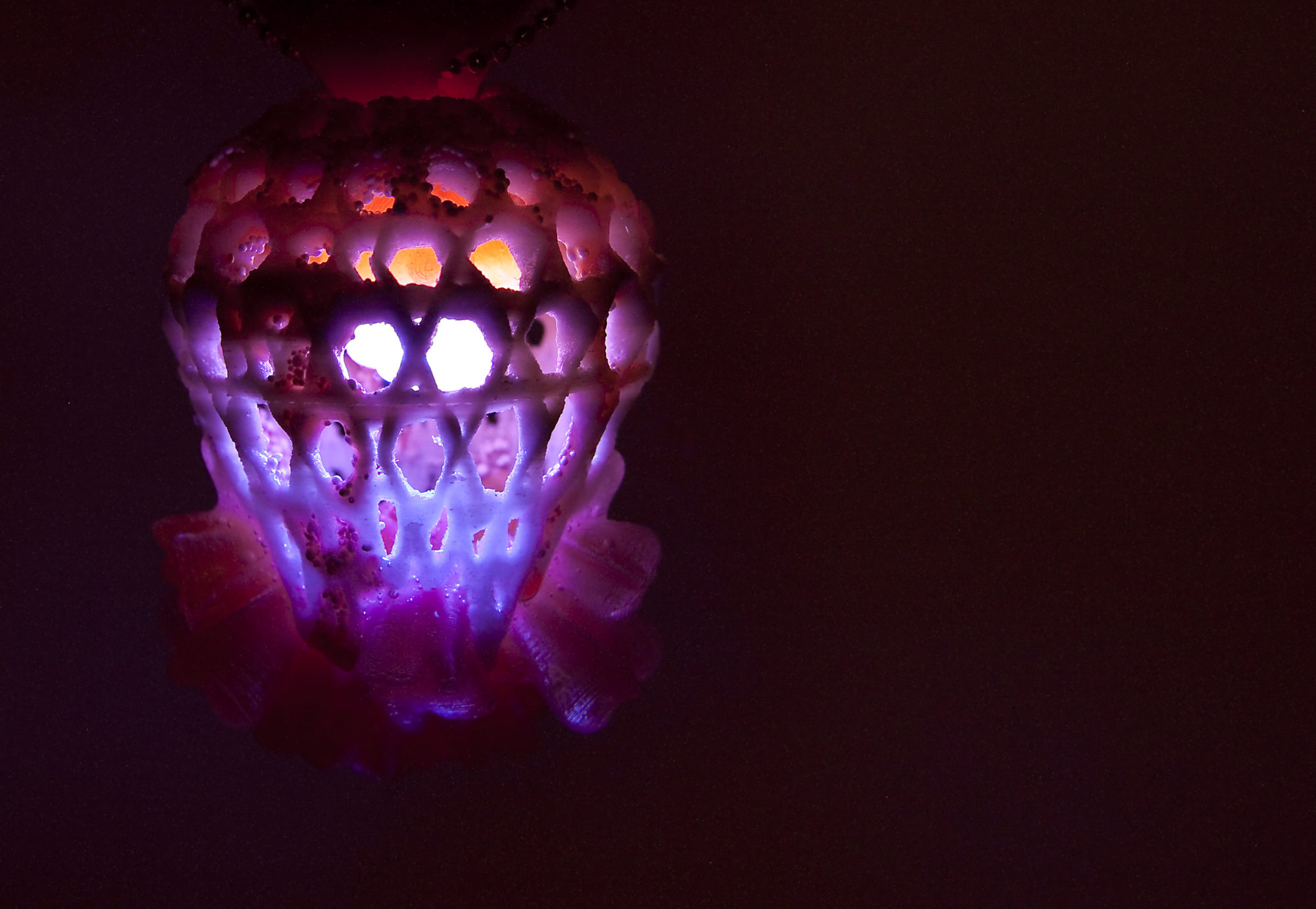Since getting my Ultimaker up and running, I have been avidly researching the most wild and wonderful types of filament to print with. There have been a lot of exciting developments in the unusual FDM (Fused Deposition Modelling) filaments sector recently, and it seems more filaments are getting announced every day on Kickstarter. I am starting this series of posts of some of the ones I am most excited about at the moment, although this list may change in time!
FormFutura Filaments
FormFutura, led by filament whizz Kai Parthy (read all about him in this interview) is responsible for some of the most exciting filaments on the market at the moment. Parthy started out by developing LayWood, a filament to imitate the feel and appearance of wood and LayBrick, developed with mainly architects in mind to create prints with a stone-like appearance and feel. LayBrick is so far the only FormFutura filament on my shelf. It is a mixture of PLA and chalk powder, and prints at a temperature between 165C and 220C, although variations in either direction are probably possible. It is quite heavy and somewhat brittle – I managed to snap the coil twice while inserting it through the bowden tube. This is one of my Hyperhive Cocoons printed in LayBrick:

I love the chalky texture of the surface, and how it makes the cocoon look like a calcified fossil. Check out this extended printing guide on fellow blog Extrudable Me! This material will definitely be used for my work in the future – it is very akin to the texture and feel of the z-corp ceramic material, the qualities of which I’ve always adored.
The only downside is nozzle wear – the UMO’s brass nozzle is no match for the fine ceramic particles, which means over time the nozzle will be ground down and lose definition. This is the case for a lot of exotic filaments and is just something that I might have to accept by keeping a spare nozzle in reserve. Kai Parthy has just announced MoldLay, a filament developed for the lost wax casting process, which I am sure jewellery designers around the world are as excited about as I am! FormFutura also brought to the market porous and felty filaments under the umbrella name PoroLay, which I am dying to try out next for their flexible characteristics. Watch this space!
